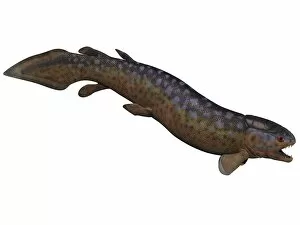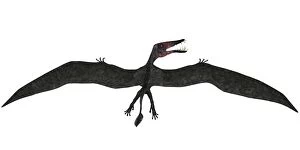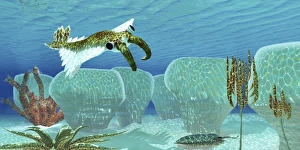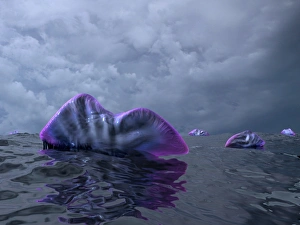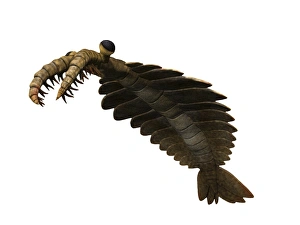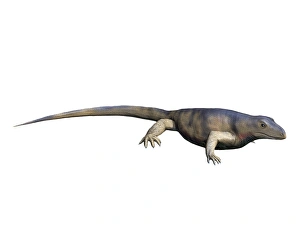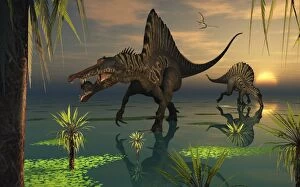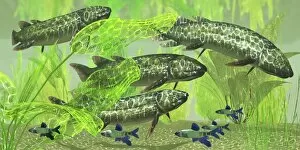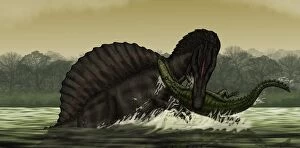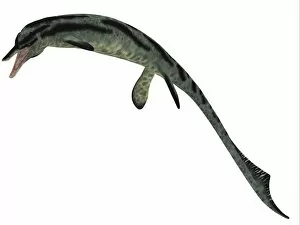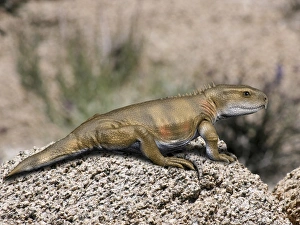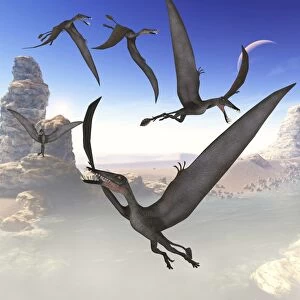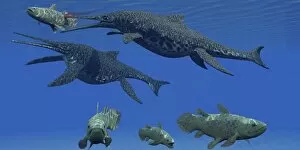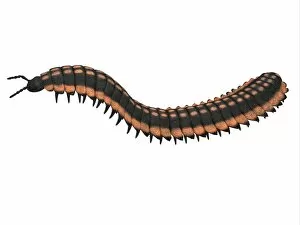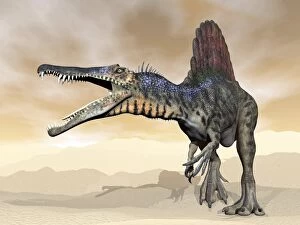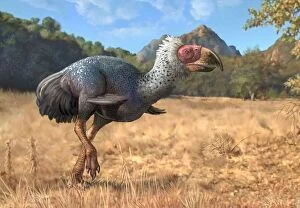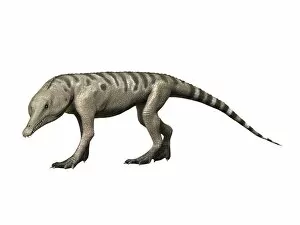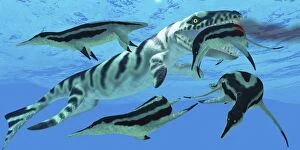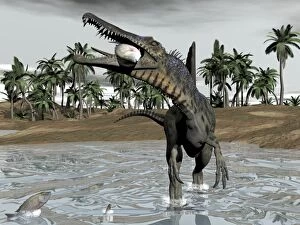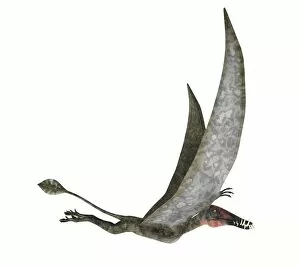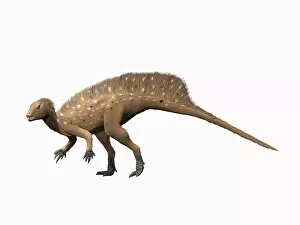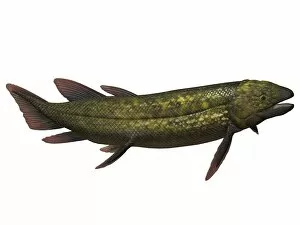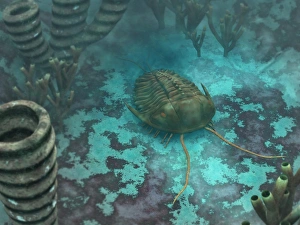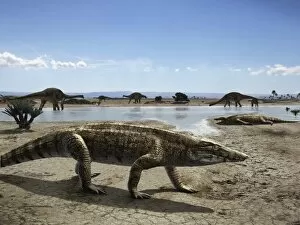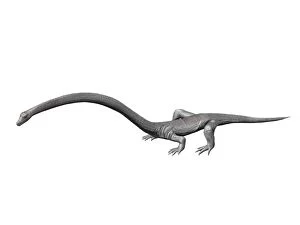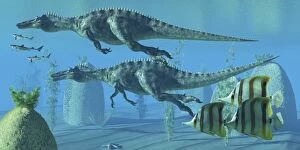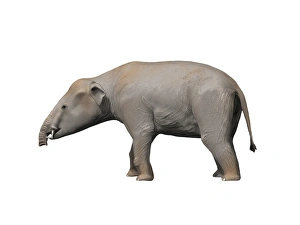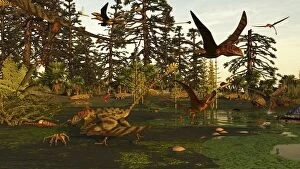Morphology Collection (page 3)
"Morphology: Unveiling the Intricate World of Shapes and Structures" Exploring the Honey Bee (Apis mellifera
All Professionally Made to Order for Quick Shipping
"Morphology: Unveiling the Intricate World of Shapes and Structures" Exploring the Honey Bee (Apis mellifera): Delving into the intricate morphology of these remarkable creatures reveals their internal anatomy, captivating cross-sections, and their vital role in our ecosystem. Dark Matter Distribution: Peering into the depths of space, scientists unravel the enigmatic nature of dark matter distribution, a mysterious force that shapes galaxies and influences cosmic evolution. The 1846 Victorian Trilobite Paradoxides: A fascinating glimpse into paleontology's past as we uncover the morphology of this ancient creature through meticulously preserved fossils, shedding light on Earth's prehistoric inhabitants. Thomas Wright and Dark Matter Distribution: British astronomer Thomas Wright's groundbreaking theories revolutionized our understanding of celestial bodies' morphology by proposing that dark matter plays a crucial role in shaping our universe. Scabiosa Plant Scientific Illustration: Through detailed scientific illustrations, we explore the exquisite morphology of Scabiosa plants—unraveling their delicate petals, intricate reproductive structures, and botanical wonders they hold within. Physiognomy - Northern Russian Type - Woman (1/2): Examining human physiognomy allows us to appreciate how diverse facial features shape individual identities while highlighting cultural nuances specific to different regions like Northern Russia. ITALY8: Celebrating Italy's rich cultural heritage through its diverse morphological landscapes – from picturesque coastlines to majestic mountains – showcasing its unique blend of history, artistry, and natural beauty. Anatomy - Young Chimpanzee: Studying young chimpanzees' anatomical development offers insights into evolutionary links between humans and primates while marveling at their physical attributes that enable survival in challenging environments. Female Human Body Scheme of Different Age Stages: Charting life's journey through various age stages unveils how women's bodies morph and adapt, highlighting the beauty of growth, change, and resilience.

